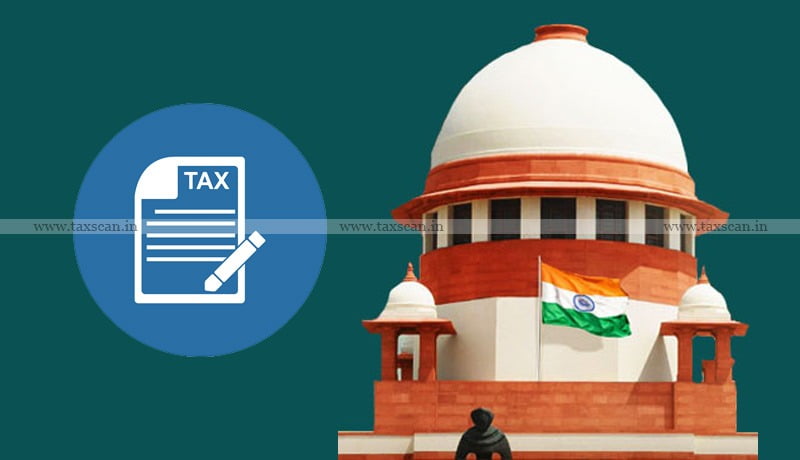better navigate the complexities of the tax environment. This article delves into the opportunities and advantages of digitalizing the tax function, aligning it with shared service models, and creating more collaborative and efficient tax operations.
1. Streamlining Tax Processes for Large Corporates through Digitalization and Shared Service Models
- Centralized Data Management:
For businesses with multiple subsidiaries, divisions, or GSTINs, managing tax data can be cumbersome and prone to errors. Digitalization enables the centralization of tax data across business units, ensuring that all tax information is stored in one unified system. This centralization helps businesses streamline their processes, reduce duplication of effort, and enhance the accuracy of tax filings. - Automation of Tax Filing and Compliance:
Tax compliance for large organizations can involve filing multiple returns, making adjustments, and adhering to a wide array of tax laws across jurisdictions. Automation tools can simplify these tasks, ensuring timely and accurate submissions without the need for manual intervention. By leveraging digital tools like cloud-based software and artificial intelligence (AI), tax teams can automate routine tax filings and minimize human errors. - Real-Time Reporting and Analytics:
Digitalization allows for real-time tracking of tax-related activities, such as GST filing, audits, and compliance reports. With automated workflows, companies can access up-to-date data, gain insights into tax liabilities, and monitor compliance status at any given moment. This visibility allows tax professionals to stay proactive in identifying potential risks or discrepancies before they escalate. - Shared Services for Streamlined Operations:
Shared service models centralize administrative functions like tax processing, accounting, and reporting. This allows businesses to streamline their operations by eliminating redundancies, reducing overhead costs, and ensuring that tax-related activities are standardized across all divisions. With a shared service model, businesses can achieve greater consistency in tax processes while providing centralized expertise in tax management.
2. Key Advantages of Digitalizing the Tax Function and Shared Service Models
- Cost Efficiency:
Digitalization and shared services can significantly reduce operational costs by automating manual processes and eliminating the need for separate tax teams in every business unit. Shared services centralize functions like tax preparation, filing, and reporting, leading to cost savings and more efficient resource allocation. - Improved Compliance and Risk Management:
Digital solutions can improve compliance by ensuring timely tax filings, accurate data management, and real-time tracking of regulatory changes. By centralizing the tax function in a shared services model, companies can establish a single point of responsibility for all compliance matters, reducing the risk of errors and penalties. - Increased Scalability and Flexibility:
A shared service model supported by digital tools provides businesses with the scalability to expand their operations without needing to add significant resources. Whether a company is opening new subsidiaries, expanding to new markets, or managing multiple tax jurisdictions, digitalization ensures that the tax function can grow with the business while maintaining efficiency. - Enhanced Data Visibility and Control:
Digitalization provides an integrated platform for managing tax data, offering business leaders and tax managers clear visibility into all activities. This allows for improved decision-making and strategic planning. Companies can better manage their tax position, track deductions, and analyze tax returns, all from a single system that aggregates data across the business.
3. Strategizing the Tax Function with Partners
- Collaboration with Tax Advisors and External Partners:
For larger organizations, managing tax operations in-house may not always be feasible. Collaborating with tax advisors and external partners becomes crucial. A well-defined digital tax strategy can help coordinate with external partners more effectively, ensuring that both in-house teams and third-party consultants have access to the same data, reducing miscommunications and improving overall efficiency. - Cloud-Based Platforms for Real-Time Collaboration:
Cloud-based tax platforms offer businesses a collaborative environment where in-house tax teams and external partners can work together in real time. By having access to the same system, tax advisors and internal teams can align on key tax planning strategies, share documents seamlessly, and respond quickly to regulatory changes. - Shared Service Model for Cross-Department Collaboration:
A well-implemented shared service model encourages collaboration across different functions within the business. For example, tax teams can work closely with finance, legal, and operations departments to ensure that tax considerations are embedded into broader business decisions. This cross-functional collaboration can help identify tax efficiencies, optimize cash flow, and avoid potential compliance pitfalls.
4. Building Relationships Within and Across Functions
- Breaking Down Silos for a Unified Approach:
Traditional tax departments often operate in silos, focusing solely on tax compliance without sufficient collaboration with other departments. Digitalization and shared service models break down these silos, fostering communication between tax, finance, legal, and other departments. This holistic approach enables tax teams to gain a deeper understanding of business activities and integrate tax considerations into the broader strategic framework. - Enhancing Cross-Functional Training and Development:
Digital tools can facilitate cross-functional training and development by providing a centralized platform for sharing tax-related knowledge and updates. Tax professionals can use these tools to learn from colleagues in other departments and vice versa, helping to build stronger interdepartmental relationships. By building a more integrated team, companies can drive innovation and ensure that tax decisions align with overall business objectives. - Strengthening Relationships with External Stakeholders:
Digitalization fosters better relationships with external stakeholders, including tax authorities, auditors, and legal advisors. A transparent, efficient, and timely exchange of information can help build trust and improve compliance outcomes. By using digital tools to facilitate communication and streamline processes, organizations can enhance their relationships with external partners and reduce the risk of disputes.
Conclusion
The digitalization of tax functions, coupled with the adoption of shared service models, offers significant advantages for large corporates, particularly those managing multiple businesses and GSTINs. By centralizing tax operations, automating compliance tasks, and fostering collaboration both within and outside the organization, businesses can reduce costs, improve efficiency, and enhance their ability to respond to evolving tax regulations. Strategically integrating technology and fostering strong partnerships across functions and with external advisors will be key to navigating the complexities of the modern tax landscape and ensuring long-term success.









